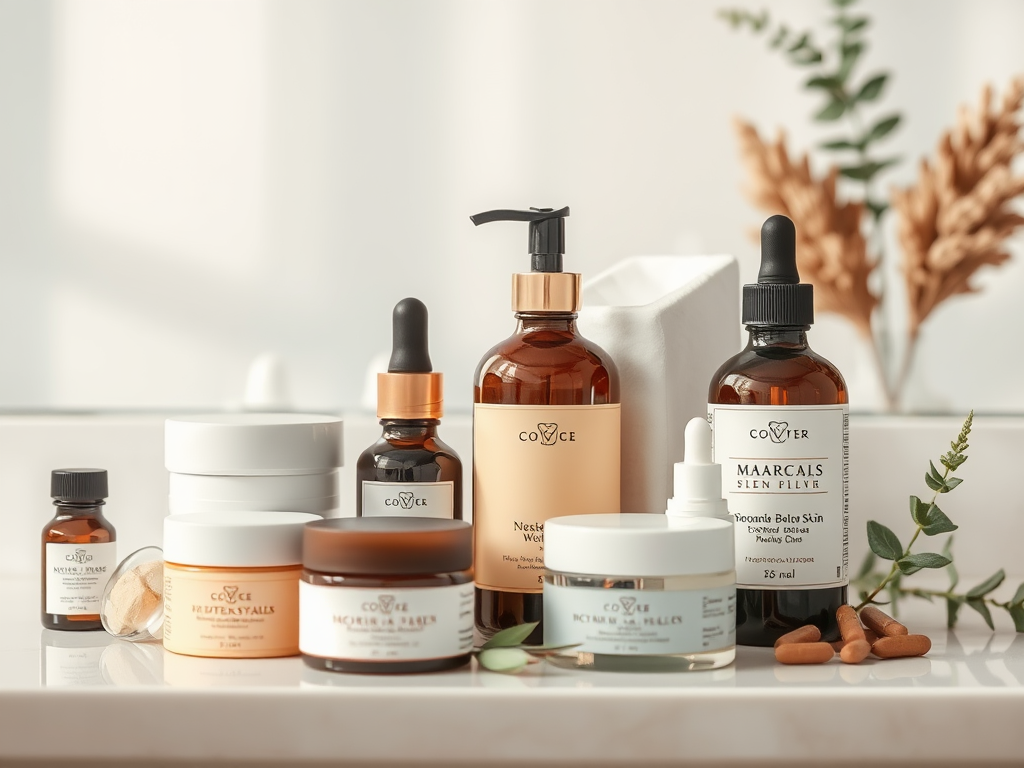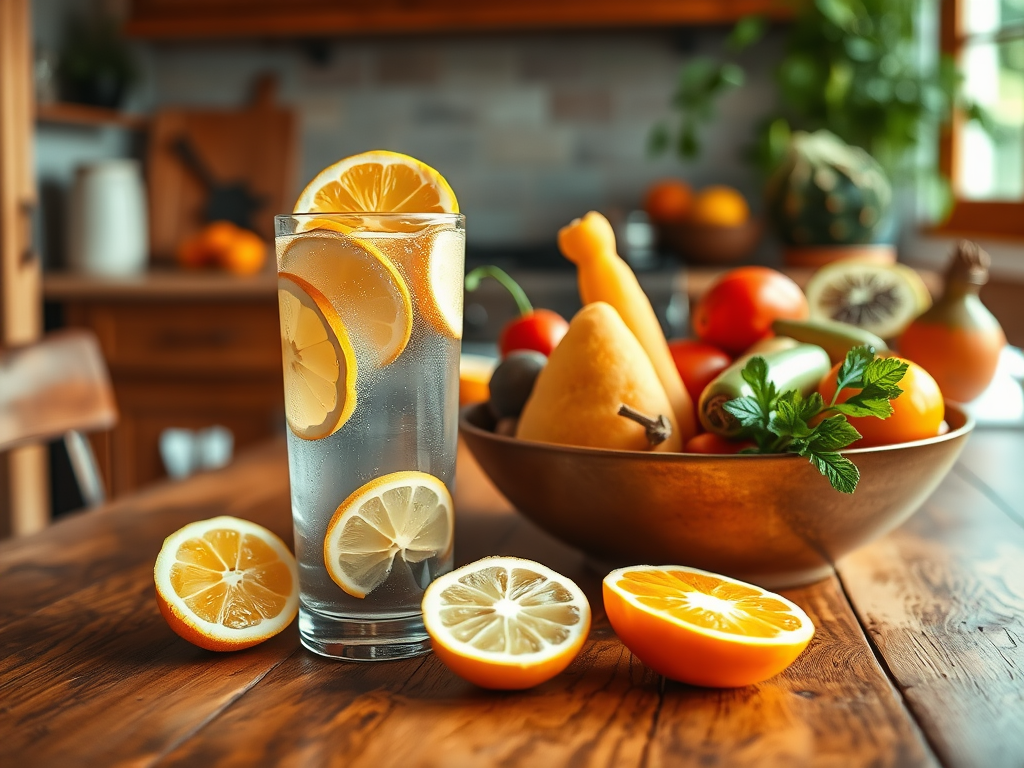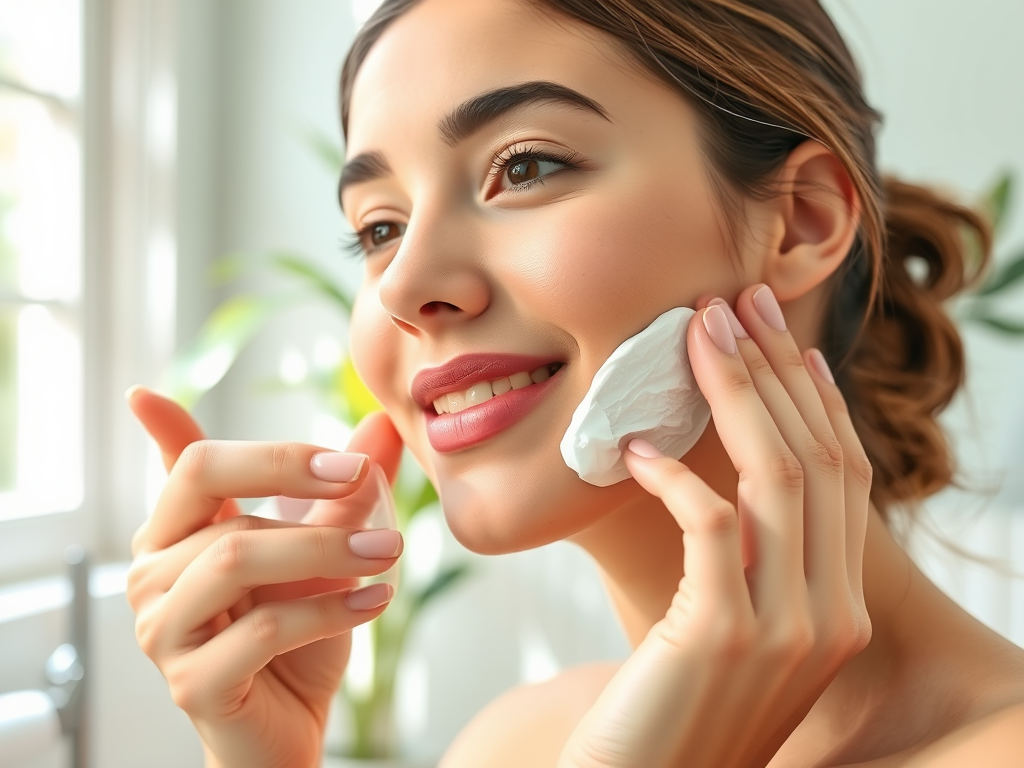In the quest for youthful, supple skin, many individuals encounter a myriad of products and tips promising miraculous plumping results. While the beauty industry has made significant advances, it’s rife with misinformation. Understanding what truly works requires a clear differentiation between myth and reality. Skin plumping is not just an aesthetic goal; it reflects broader health and well-being. With so much noise out there, it’s easy to be misled by flashy advertisements and the latest skincare trends.
This article aims to shed light on the science behind skin plumping, exposing prevalent myths while highlighting effective strategies. We will explore how to genuinely enhance skin volume, revealing practices that can deliver real, long-lasting effects rather than short-lived illusions. So, let’s get right into it!
The Science of Skin Plumping

Understanding skin plumping starts with biology. Our skin comprises numerous layers, and its ability to appear plump largely depends on hydration and elasticity. The dermis, which houses collagen and elastin, plays a vital role in maintaining firmness and bounce. This dermal support diminishes with age, leading to wrinkles and sagging. Moreover, factors such as environmental stressors, poor diet, and inadequate water intake can further compromise skin health.
In this section, we’ll dive deeper into hydration’s role, which is crucial for maintaining skin texture. Hydrated skin looks more vibrant and youthful; it reflects light better and creates a softer appearance. Interestingly, not all hydration is equal. The source and type of hydration impact how effective the plumping will be.
Myth 1: All Moisturizers Provide Immediate Plumping Effects

Many people believe that any moisturizer can instantly enhance skin plumpness. In reality, not all moisturizers are crafted equal. Different products contain varying active ingredients that affect their efficacy. Ingredients such as petroleum jelly may lock in moisture but do little for actual hydration. Instead, it’s essential to look for specific hydrating agents that penetrate the skin and offer real benefits.
Here are key ingredients that actually work:
- Hyaluronic Acid: Known for its moisture-retaining properties, this ingredient can hold up to 1,000 times its weight in water.
- Glycerin: A humectant that pulls moisture from the environment into the skin.
- Natural Oils: Such as jojoba or avocado oil, which provide essential fatty acids and hydration.
Myth 2: You Can Achieve Plumping with Makeup Alone
Makeup can certainly enhance our appearance, but relying on it solely for plumpness is a common misconception. While makeup products can provide a temporary illusion of volume, they don’t contribute to the underlying skin health necessary for real plumpness. Techniques like highlighting and contouring can assist in achieving a fuller look, but they are inherently superficial.
For those looking to boost their makeup routine, here are some recommended products:
- Highlighters: Strategically placed highlights can create the illusion of raised, healthy skin.
- Cream Blushes: These give a dewy finish, enhancing the natural glow of the skin.
| Makeup Techniques | Effect |
|---|---|
| Strobing | Intensifies shine for a dewy effect |
| Contour Creams | Adds dimension and shapes the face |
| Setting Sprays | Locks moisture into the makeup for longevity |
Myth 3: Drinking More Water Does Not Help Skin Plumpness
On social media platforms, you’ll find numerous influencers promoting the idea that drinking water alone can magically plump your skin. While it is true that hydration is essential, it’s not a one-size-fits-all solution. Drinking more water does help, but it needs to be coupled with a balanced diet loaded with essential nutrients. Water alone cannot provide the necessary vitamins and minerals required for optimal skin health.
The systemic effects of hydration impact our skin. Consuming the right nutrients affects collagen production and hydration retention in the skin layers. Here are some nutrients to incorporate for better skin:
- Vitamins C & E: Both are powerful antioxidants that help fight off environmental damage.
- Collagen-boosting Foods: Such as bone broth, citrus fruits, and leafy greens.
Myth 4: All Supplements Promise Plumping Results
The supplements market is overflowing with products that claim to deliver plumping results. However, not all supplements live up to their promises. A critical examination can unveil the ones that genuinely benefit skin health. Research indicates that specific supplements have valid backing in terms of their effectiveness in promoting skin elasticity and hydration.
Below are supplements worth considering:
- Collagen Peptides: These can support skin elasticity and overall hydration.
- Omega-3 Fatty Acids: Beneficial for maintaining moisture levels within the skin.
Conclusion
In summary, the pursuit of plump, youthful skin is often clouded with myths and misinformation. By debunking these common misconceptions, we can adopt a more informed approach toward skincare. Achieving plump skin requires a comprehensive methodology that combines quality skincare products with a nutritious diet and healthy lifestyle choices. Remember, there are no shortcuts; true skin plumpness is about nurturing it from the inside out.
Frequently Asked Questions
- What is the best way to keep my skin plump? A balanced diet, proper hydration, and using effective skincare products are crucial.
- Can I achieve plumped skin overnight? While some immediate effects can be seen, true plumping requires consistent care over time.
- Is cosmetic surgery the only solution for plumping? No, there are many non-invasive methods, including topical treatments and lifestyle changes, that can help.
- How often should I exfoliate for plumper skin? It’s generally recommended to exfoliate 1-3 times a week, depending on your skin type.
- Do sun exposure and pollution affect skin plumpness? Yes, both can significantly damage skin elasticity and hydration levels.
